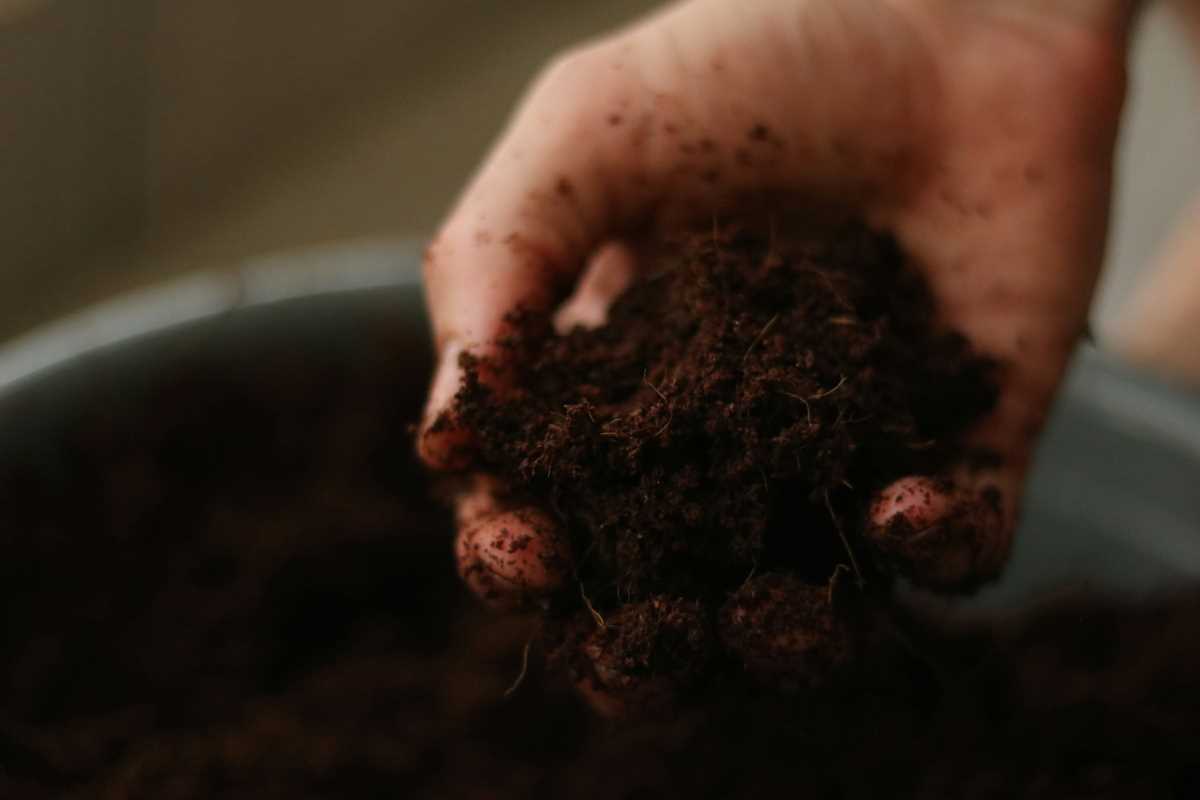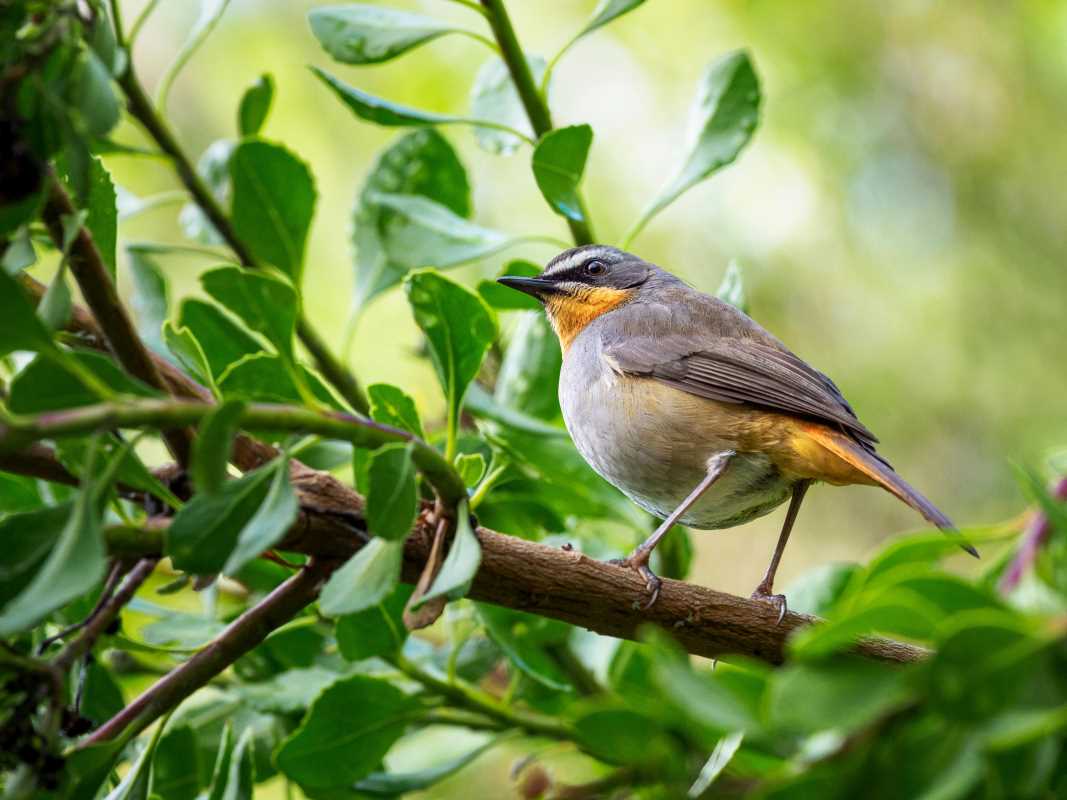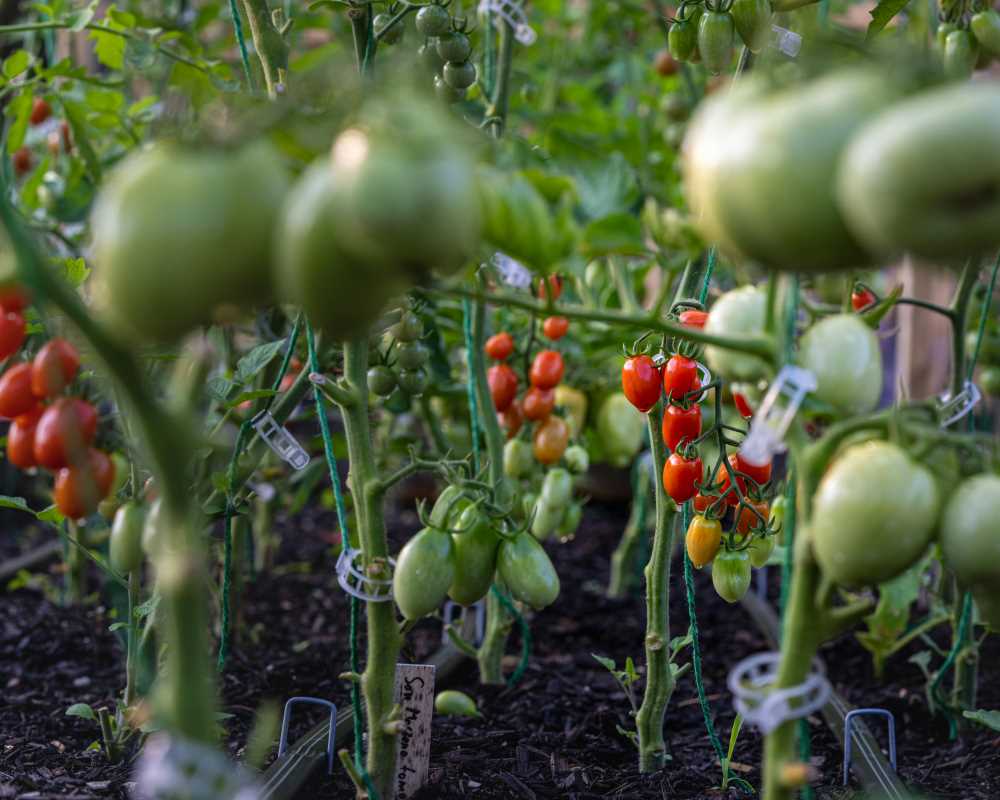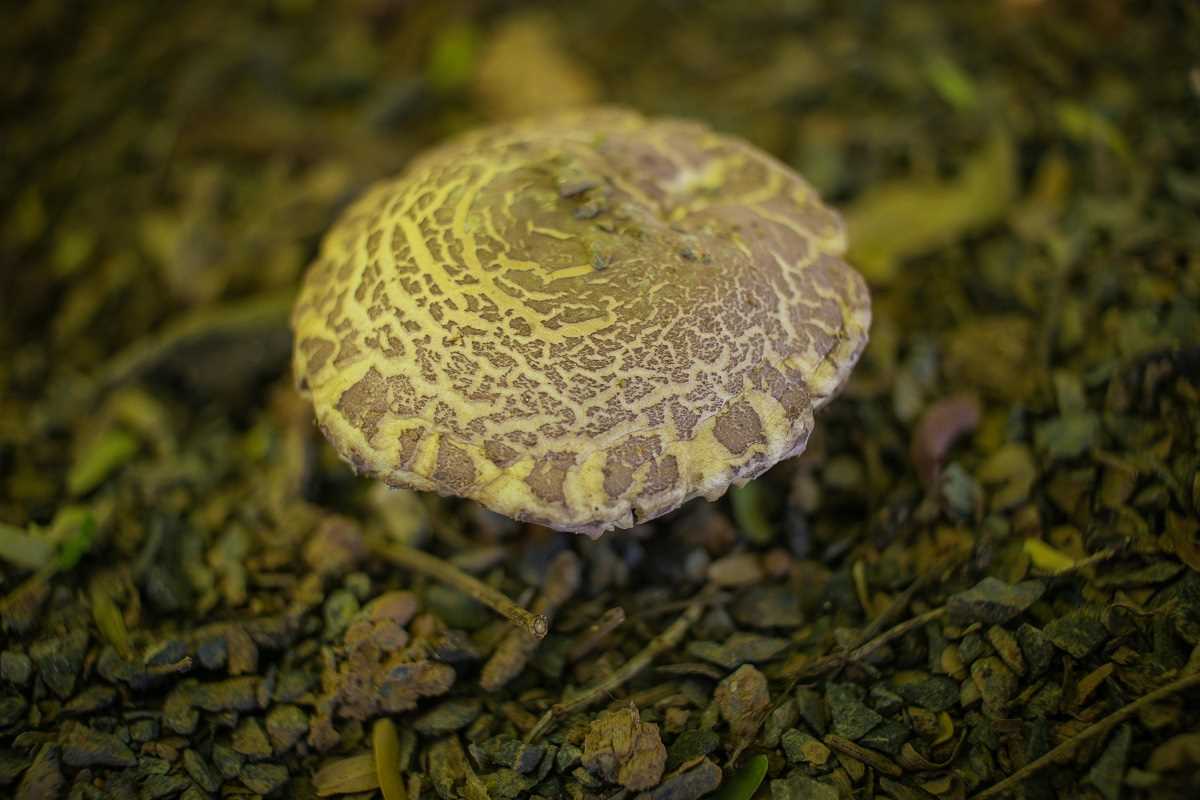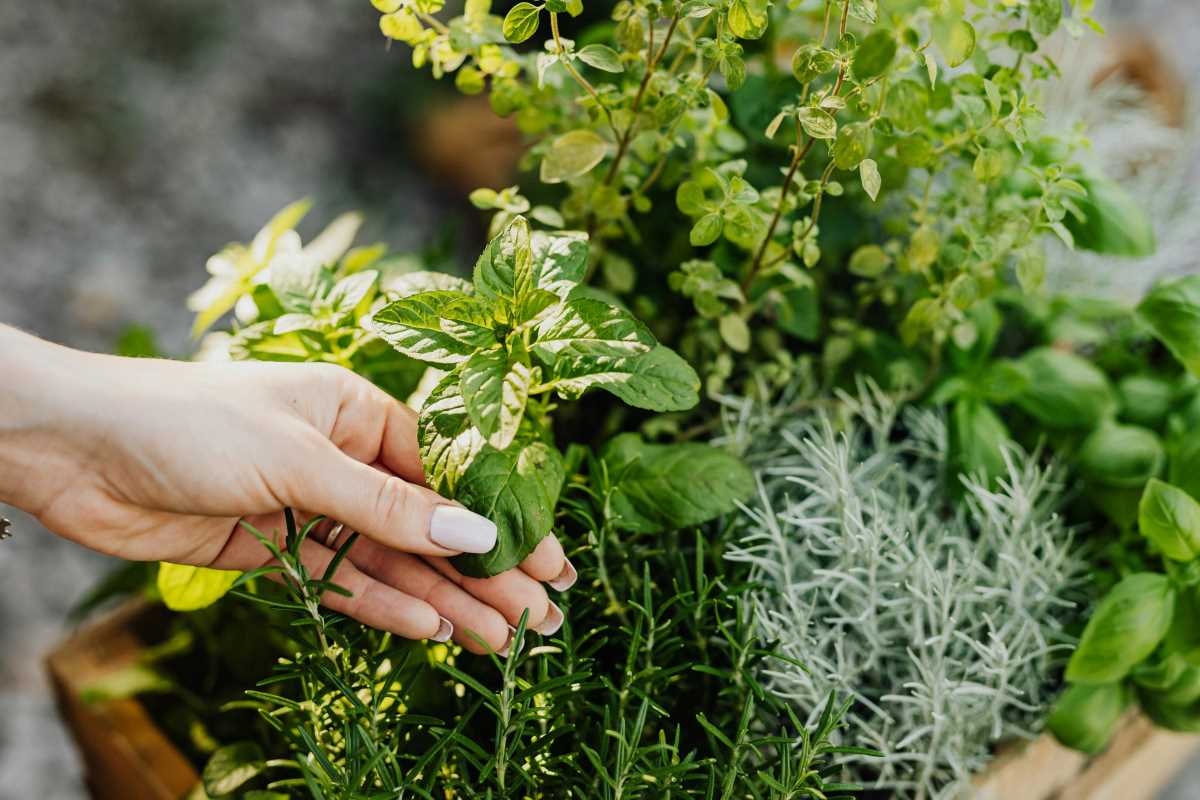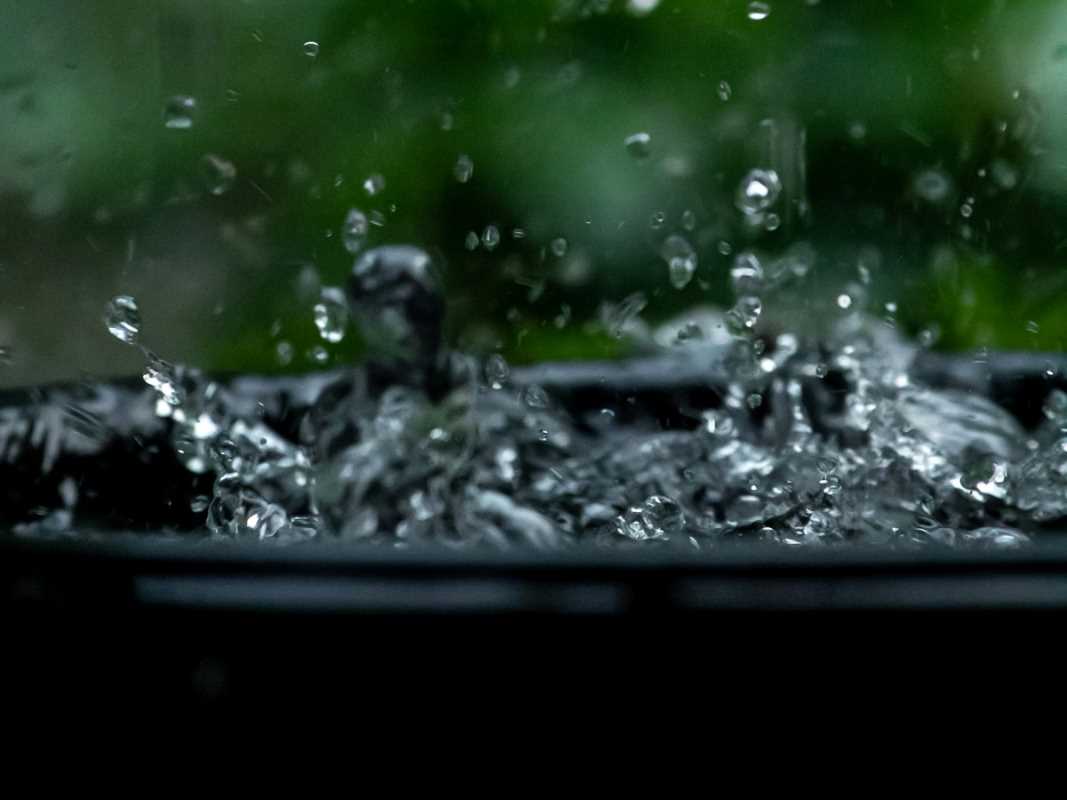Creating a garden that's both organic and welcoming to wildlife is a wonderful way to blend sustainability with the joy of nature. Organic gardening minimizes harm to the environment and creates a space where local wildlife can thrive. From pollinators and birds to small mammals, your garden can become a vital refuge for a variety of species.
This guide will walk you through ten practical tips to maintain an organic garden that’s kind to wildlife. Whether you’re a seasoned gardener or just starting, these strategies will make your outdoor space a haven for both plants and creatures.
1. Avoid Chemical Pesticides and Fertilizers
Chemical pesticides and synthetic fertilizers often harm more than just pests. They can contaminate soil, harm beneficial insects, and even endanger birds and small mammals. Opting for organic alternatives is the first step toward creating a wildlife-friendly garden.
What to Use Instead:
- Natural Pest Control: Use neem oil, garlic spray, or diluted dish soap to deter pests.
- Companion Planting: Pair plants like marigolds with vegetables to repel pests.
- Plant-Based Fertilizers: Enrich your soil with vegan compost, green manure, or seaweed.
By avoiding chemicals, you create a safer environment for pollinators like bees and butterflies, while also protecting soil health.
2. Choose Native Plants
Native plants are a win-win for your garden and local wildlife. They’ve evolved in your region and are perfectly adapted to the climate and soil, making them hardy and low-maintenance. Plus, they provide food and shelter for native species.
Benefits of Native Plants:
- Attract local pollinators like bees, butterflies, and hummingbirds.
- Support the lifecycle of native insects and birds.
- Require minimal watering and care, as they are well-suited to their environment.
Consider adding plants like milkweed for monarch butterflies or wildflowers for solitary bees.
3. Provide Shelter and Habitats
Wildlife needs safe spaces to rest, breed, and take refuge from predators. Incorporating habitats in your garden ensures that creatures large and small can thrive.
How to Create Habitats:
- Birdhouses and Bat Boxes: Install shelters in trees or poles to attract birds and bats.
- Log and Rock Piles: Stack logs, branches, or rocks in a corner to provide hiding spots for small mammals, insects, and amphibians.
- Bee Hotels: Add a bee hotel with bamboo stems or drilled wood for solitary bees.
Avoid overly tidy gardening practices. Allowing parts of your garden to remain a bit wild is incredibly beneficial for wildlife.
4. Plant a Variety of Flowers and Trees
Diversity in plant life attracts a wide range of wildlife by offering various food sources and habitats. A mix of flowers, shrubs, and trees ensures year-round activity in your garden.
Tips for Diverse Planting:
- Seasonal Blooms: Include plants that flower at different times of the year for a continuous nectar supply.
- Shrubs and Trees: Offer nesting spots for birds and shade for animals by planting hedges or small trees.
- Edible Plants: Grow berry bushes or sunflower seeds to feed both humans and wildlife.
This approach balances aesthetics, functionality, and support for local ecosystems.
5. Conserve Water
Wildlife often struggles to find fresh water, especially during dry seasons. You can help by conserving water and providing safe drinking sources.
Water Conservation Tips:
- Rain Barrels: Collect rainwater to use in your garden, reducing reliance on municipal water.
- Mulching: Apply plant-based mulch, such as wood chips or straw, to retain soil moisture.
- Drip Irrigation: Use a drip irrigation system for targeted watering, minimizing waste.
Create Wildlife Water Sources:
- Install a birdbath or shallow dish with pebbles where bees, butterflies, and birds can drink safely.
- If you have space, add a small pond with gradual slopes for frogs and other amphibians.
6. Use Natural Pest Control Methods
Garden pests are inevitable, but handling them naturally ensures you preserve the delicate balance of your garden’s ecosystem. Many beneficial insects, like ladybugs and lacewings, act as natural pest controllers.
Pest Control Alternatives:
- Attract Helpful Bugs: Plant dill, fennel, and yarrow to lure natural predators.
- Handpicking: Remove larger pests, such as caterpillars or slugs, by hand.
- DIY Sprays: Make homemade repellents with garlic, chili, or neem oil combined with water.
Encouraging a healthy population of predatory insects helps keep pests in check while maintaining organic integrity.
7. Compost for Soil Health
Healthy soil is the foundation of any successful garden. Composting allows you to recycle plant scraps into nutrient-rich material that boosts soil quality without reliance on chemical inputs.
How to Compost:
- Collect food scraps like vegetable peels, coffee grounds, and fruit cores. Avoid meat, dairy, or oily ingredients.
- Layer green materials (scraps) with brown materials (dry leaves or cardboard).
- Turn the pile every few weeks to promote decomposition.
Composting not only feeds your plants but also fosters worms and microbes that enhance soil biodiversity.
8. Create a Pollinator Paradise
Pollinators are essential for plant reproduction, and they’re in decline due to habitat loss and pesticide use. Turn your garden into a sanctuary by catering to their needs.
How to Attract Pollinators:
- Plant single-flower varieties, as they offer easier access to nectar.
- Choose native plants like coneflowers, lavender, or borage.
- Leave areas of bare soil for ground-nesting bees.
Avoid hybrid flowers bred for aesthetic purposes, as they often lack nectar.
9. Reduce Lawn Space
Lawns are often resource-intensive and offer little value to wildlife. By reducing the size of your lawn, you can make room for pollinator-friendly plants, trees, and habitats.
Alternatives to Lawns:
- Replace sections of lawn with wildflower meadows or native grasses.
- Add raised beds for vegetables or herbs.
- Cultivate moss or groundcovers like creeping thyme in shaded areas.
This strategy both reduces water usage and fosters biodiversity in your garden.
10. Go Plastic-Free and Eco-Friendly
Plastic garden supplies and decorations can harm wildlife. Animals may ingest plastic debris, and discarded materials contribute to pollution.
Eco-Friendly Gardening:
- Use terracotta pots instead of plastic.
- Opt for metal or wooden garden tools.
- Create decorations, like trellises or plant markers, from recycled or biodegradable materials.
Reducing plastic use creates a safer and more sustainable gardening environment for both wildlife and humans.
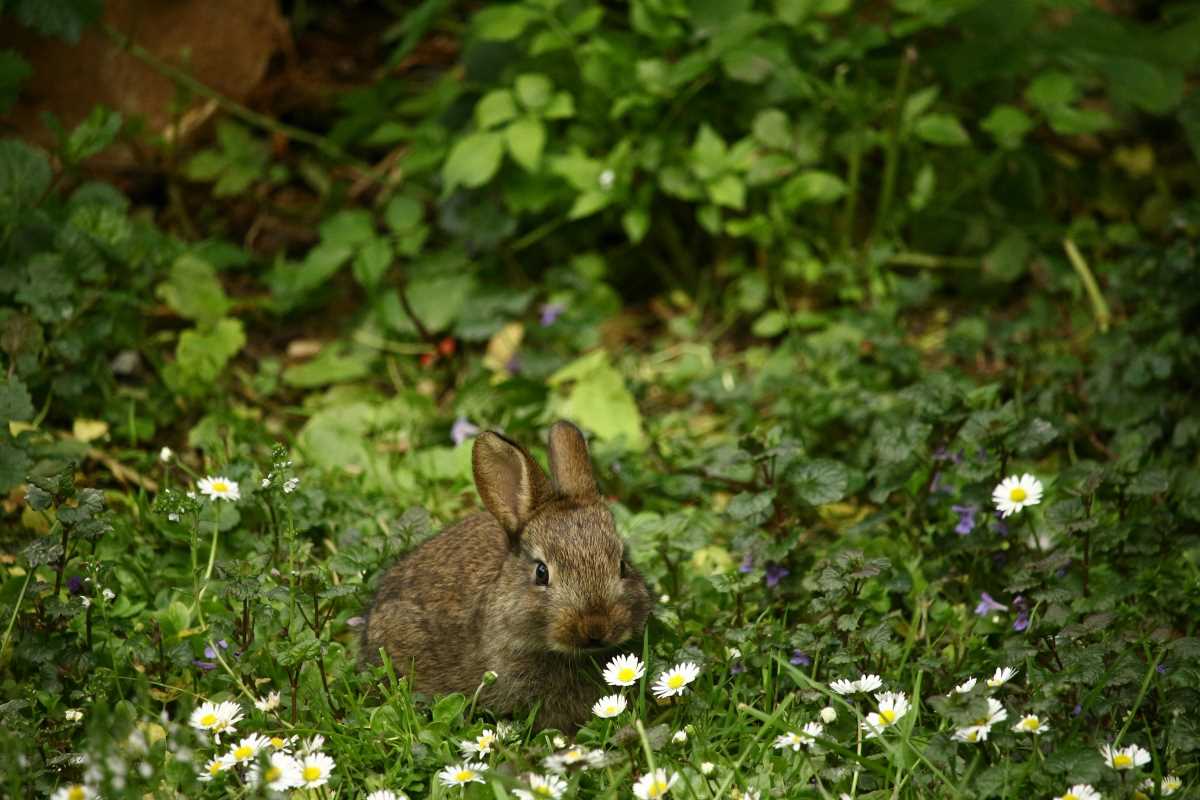 (Image via
(Image via